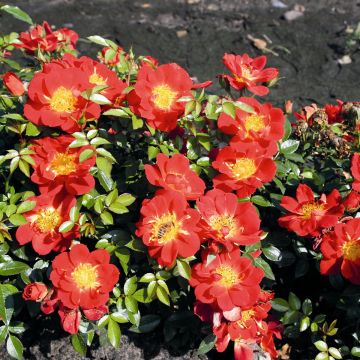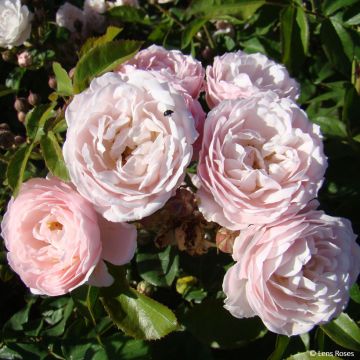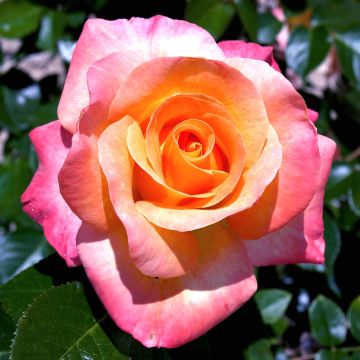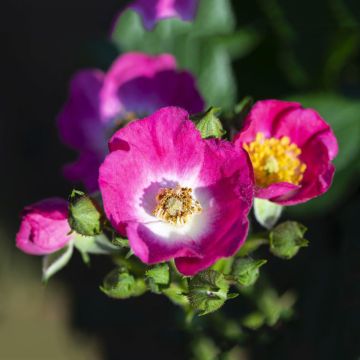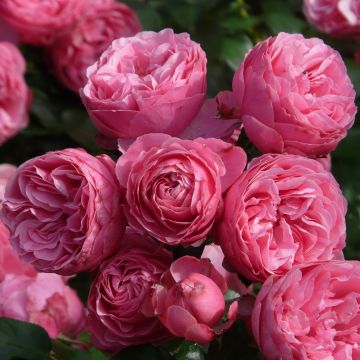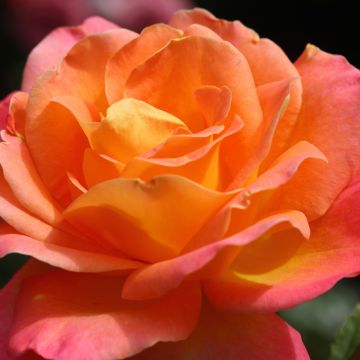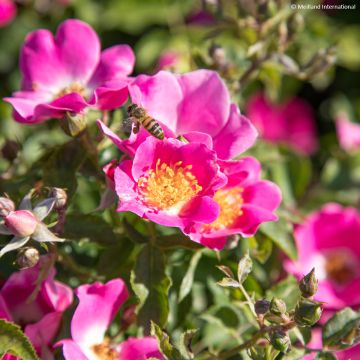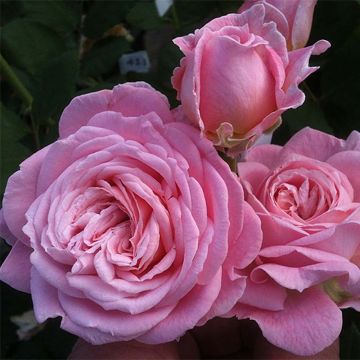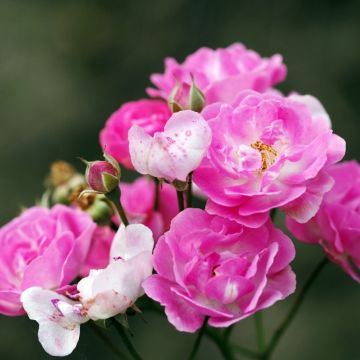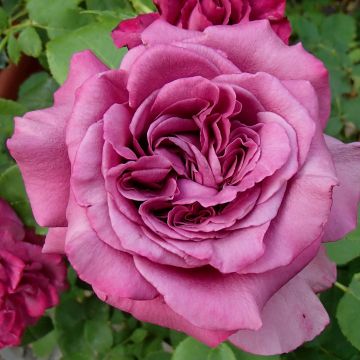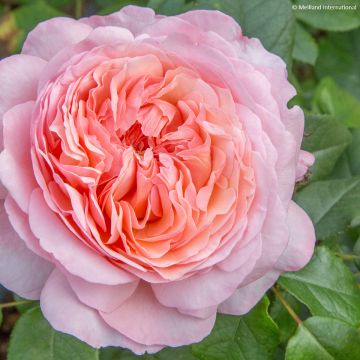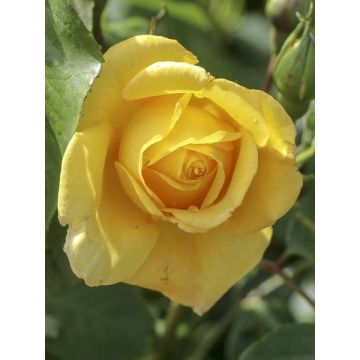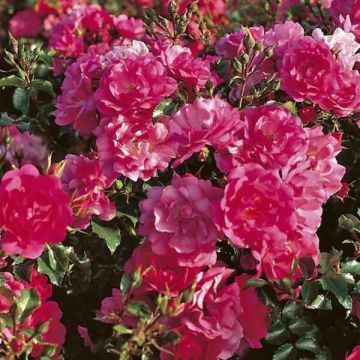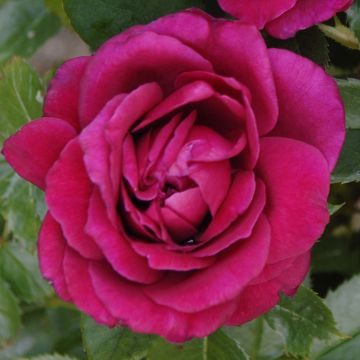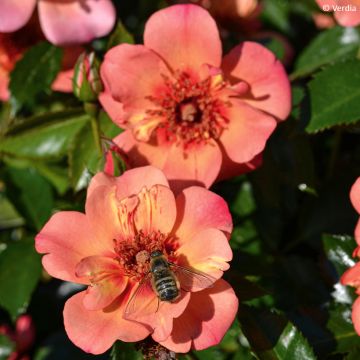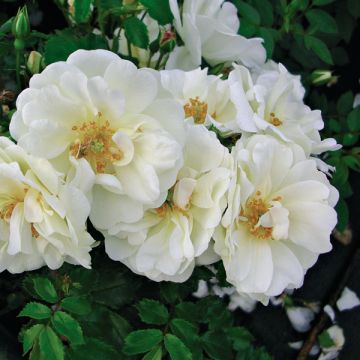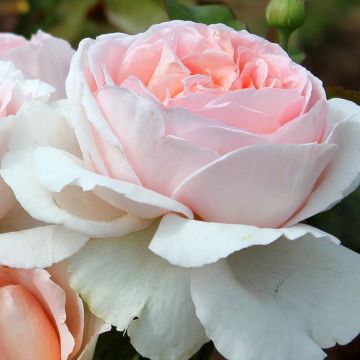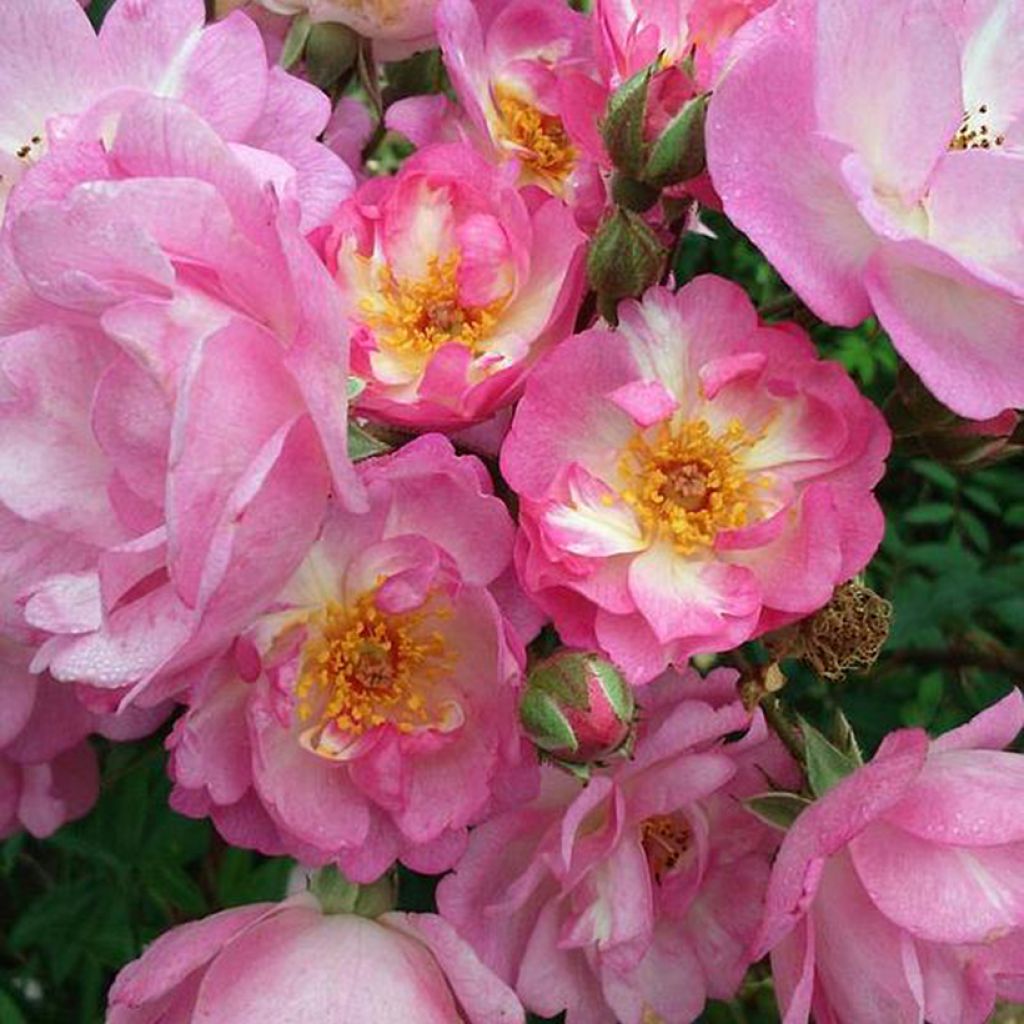

Rosier arbustif Gaard um Titzebierg
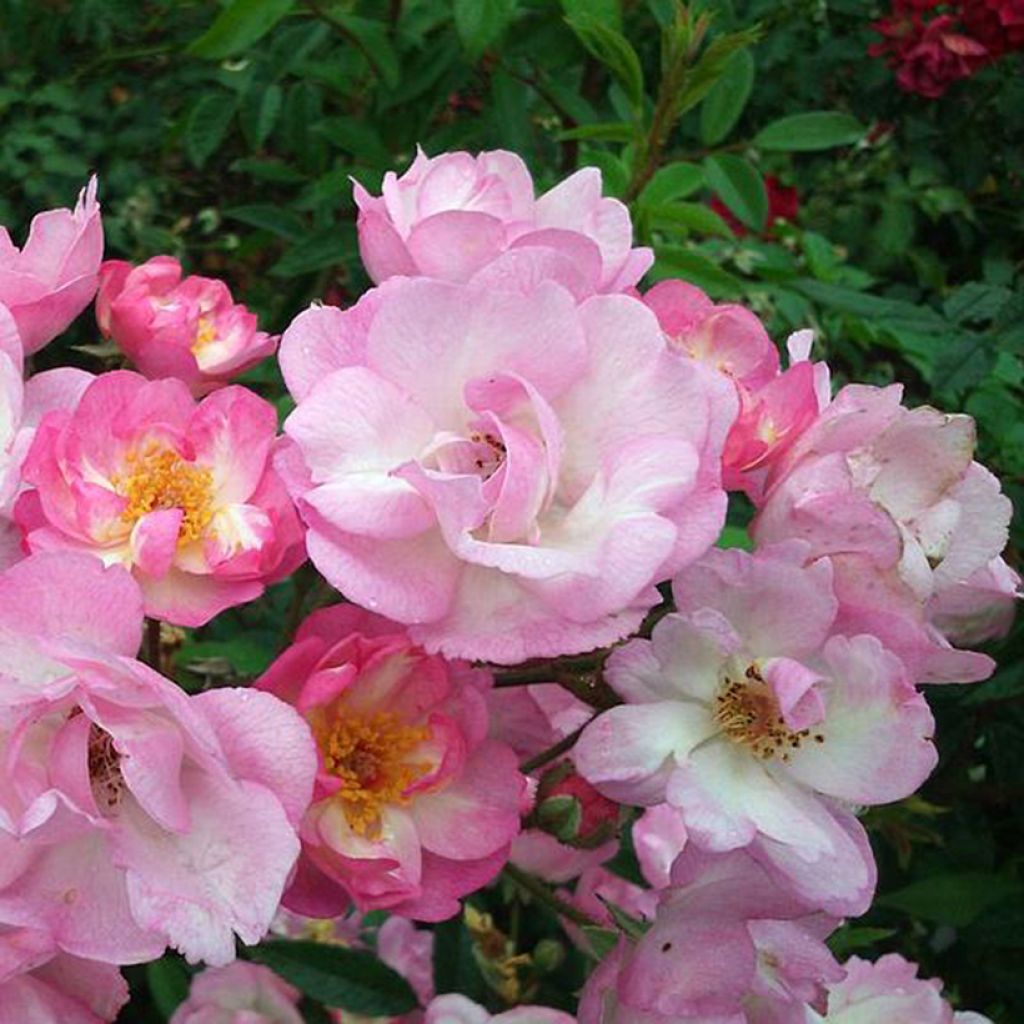

Rosier arbustif Gaard um Titzebierg
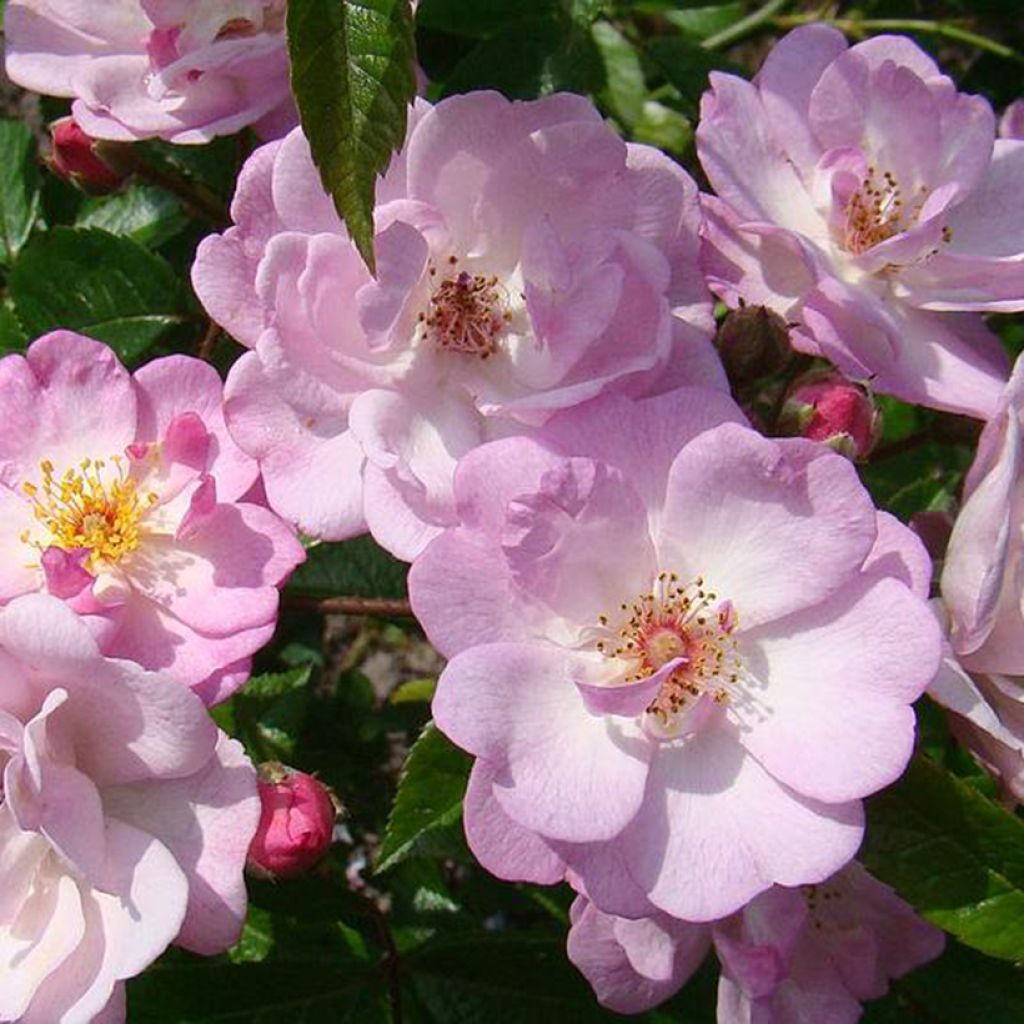

Rosier arbustif Gaard um Titzebierg
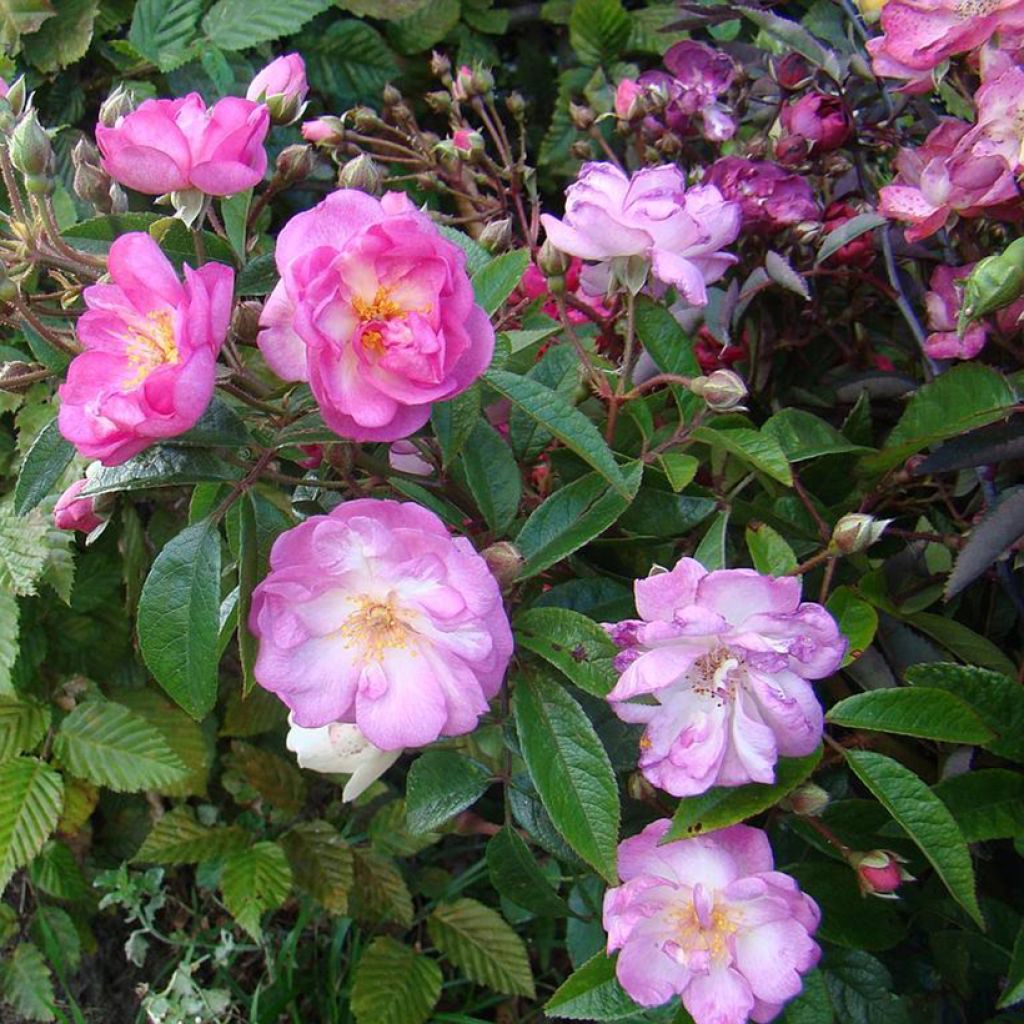

Rosier arbustif Gaard um Titzebierg
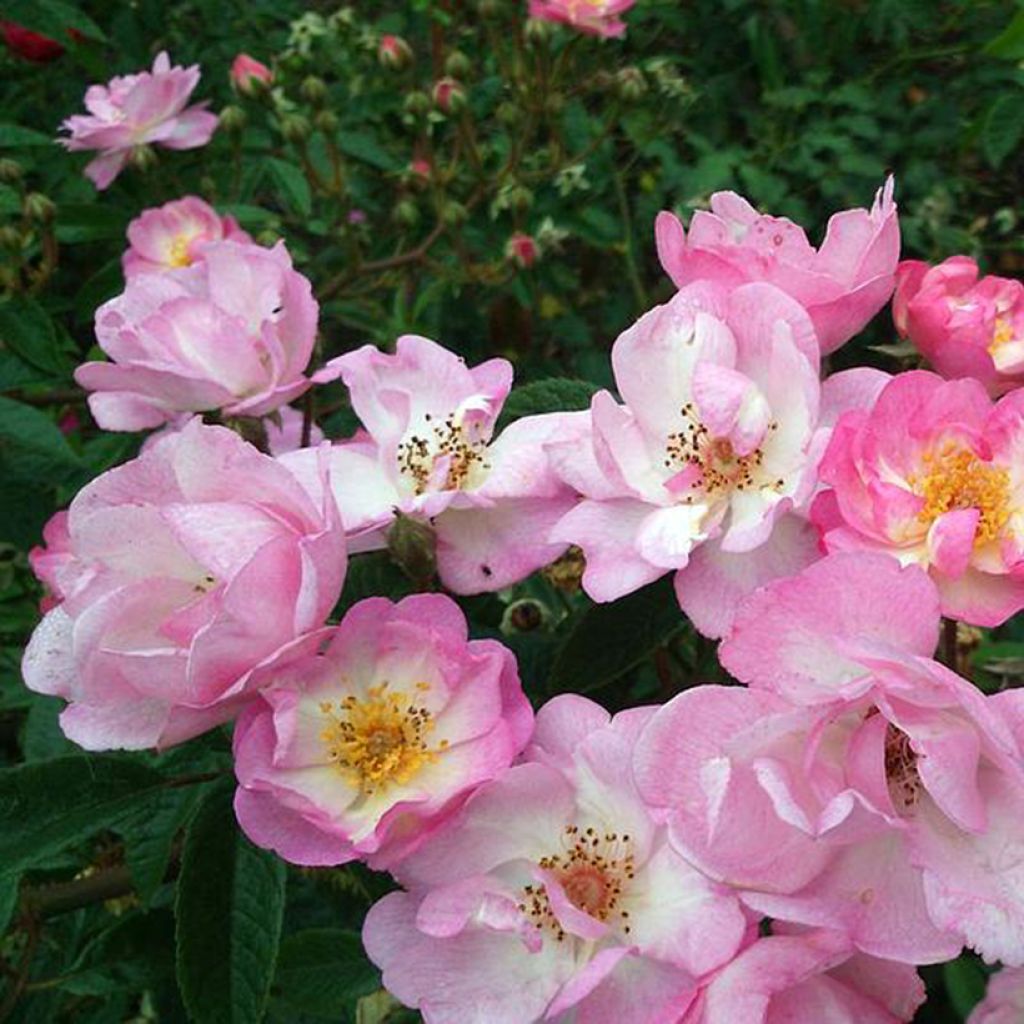

Rosier arbustif Gaard um Titzebierg
Rosa Gaard um Titzebierg - Musk Rose
Rosa x moschata Gaard um Titzebierg VELverd
This item cannot be shipped to the selected country
Delivery charge from €5.90
Delivery charge from €5.90
More information
Schedule delivery date,
and select date in basket
This plant carries a 24 months recovery warranty
More information
We guarantee the quality of our plants for a full growing cycle, and will replace at our expense any plant that fails to recover under normal climatic and planting conditions.
From €5.90 for pickup delivery and €6.90 for home delivery
Express home delivery from €8.90.
From €5.90 for pickup delivery and €6.90 for home delivery
Express home delivery from €8.90.
Does this plant fit my garden?
Set up your Plantfit profile →
Description
Rosa Gaard um Titzebierg is an elegant bush with a very natural charm and good disease resistance. It blooms generously late in the season and produces lovely fruit in autumn. Its beautiful raspberry-pink buds open into small semi-double flowers of a fresh lilac-pink. The pretty rosettes are gathered in round bouquets that exude a typical fragrance of the wild multiflora rose. It is a versatile variety that can be planted individually, in a flower bed, or as a small flowering hedge, against a trellis, or even in a large pot.
Rosa Gaard um Titzebierg 'VELverd' is a creation by Ann Velle for Lens Roses dating back to 2005. It is derived from the musk rose (Rosa x moschata), a plant probably native to Asia Minor or the Middle East. Similar to polyanthas and floribundas, roses in this family produce flowers gathered in bouquets, but their colours are more refined and they have a more flexible and graceful habit. Gaard um Titzebierg shows rapid and vigorous growth with a slightly trailing upright habit. Ultimately, this bush can reach about 1.4m (5ft) in height and 1m (3ft) in spread, depending on the growing conditions: its development will be slightly greater in mild climates than in colder regions. Its flexible and thorny stems bear leaves divided into 7 small elongated leaflets of a bright green colour. The slightly glossy foliage is disease-resistant. Flowering begins in June, and it continues in waves until the first frosts, provided that the soil does not dry out too much in summer. It takes the form of rounded bouquets composed of numerous small 4cm (2in) diameter semi-double cup-shaped flowers. Their colour is a violet-pink around a white centre. The corolla's centre is occupied by delicate pink stamens, which are easily accessible to bees and other pollinators. After pollination, small fruits called hips are formed, turning orange at the end of the season. The hardiness of this rose is estimated at -15°C (5°F).
Gaard um Titzebierg shrub rose is named after a landscaped garden in the Grand Duchy of Luxembourg, where Claude Vion and Annette Block have gathered a large collection of roses from breeders Soupert and Notting and Ketten brothers. This undemanding bush thrives in any well-prepared soil and requires no pruning except for the removal of dead wood. Plant it in a small flowering hedge or in a shrub bed with other botanical or old roses (Felicia, Bouquet Parfait, Rosa complicata), lilacs of modest size (Syringa microphylla 'Superba'), mock oranges, or even Japanese quinces. It will perfectly accompany many perennials such as peonies or Oriental poppies. Also consider pairing it with a vitella group clematis, which has a natural appearance and is very easy to grow.
Report an error about the product description
Plant habit
Flowering
Foliage
Botanical data
Rosa
x moschata
Gaard um Titzebierg VELverd
Rosaceae
Cultivar or hybrid
Other Polyantha clustered Roses
Planting and care
Rosa Gaard um Titzebierg can be planted in full sun, but it tolerates partial shade in hotter regions. It will adapt to any garden as long as the soil is well-prepared and sufficiently rich. To plant your rose, work the soil by crumbling it and add fertiliser to the bottom of the planting hole (dried blood or dehydrated horn, for example). Water generously after planting to remove any air pockets. Water regularly for a few weeks to facilitate root development.
Pruning is limited to removing dead wood. If necessary, you can thin out the centre of the bush by pruning the interlacing branches.
Regularly remove faded flowers to encourage new blooms.
Roses are often stained or unsightly at the end of summer, but this will not hinder their development. These spots are a natural phenomenon and will not harm the rose.
Planting period
Intended location
Care
-
, onOrder confirmed
Reply from on Promesse de fleurs
Roses by producer
Haven't found what you were looking for?
Hardiness is the lowest winter temperature a plant can endure without suffering serious damage or even dying. However, hardiness is affected by location (a sheltered area, such as a patio), protection (winter cover) and soil type (hardiness is improved by well-drained soil).

Photo Sharing Terms & Conditions
In order to encourage gardeners to interact and share their experiences, Promesse de fleurs offers various media enabling content to be uploaded onto its Site - in particular via the ‘Photo sharing’ module.
The User agrees to refrain from:
- Posting any content that is illegal, prejudicial, insulting, racist, inciteful to hatred, revisionist, contrary to public decency, that infringes on privacy or on the privacy rights of third parties, in particular the publicity rights of persons and goods, intellectual property rights, or the right to privacy.
- Submitting content on behalf of a third party;
- Impersonate the identity of a third party and/or publish any personal information about a third party;
In general, the User undertakes to refrain from any unethical behaviour.
All Content (in particular text, comments, files, images, photos, videos, creative works, etc.), which may be subject to property or intellectual property rights, image or other private rights, shall remain the property of the User, subject to the limited rights granted by the terms of the licence granted by Promesse de fleurs as stated below. Users are at liberty to publish or not to publish such Content on the Site, notably via the ‘Photo Sharing’ facility, and accept that this Content shall be made public and freely accessible, notably on the Internet.
Users further acknowledge, undertake to have ,and guarantee that they hold all necessary rights and permissions to publish such material on the Site, in particular with regard to the legislation in force pertaining to any privacy, property, intellectual property, image, or contractual rights, or rights of any other nature. By publishing such Content on the Site, Users acknowledge accepting full liability as publishers of the Content within the meaning of the law, and grant Promesse de fleurs, free of charge, an inclusive, worldwide licence for the said Content for the entire duration of its publication, including all reproduction, representation, up/downloading, displaying, performing, transmission, and storage rights.
Users also grant permission for their name to be linked to the Content and accept that this link may not always be made available.
By engaging in posting material, Users consent to their Content becoming automatically accessible on the Internet, in particular on other sites and/or blogs and/or web pages of the Promesse de fleurs site, including in particular social pages and the Promesse de fleurs catalogue.
Users may secure the removal of entrusted content free of charge by issuing a simple request via our contact form.
The flowering period indicated on our website applies to countries and regions located in USDA zone 8 (France, the United Kingdom, Ireland, the Netherlands, etc.)
It will vary according to where you live:
- In zones 9 to 10 (Italy, Spain, Greece, etc.), flowering will occur about 2 to 4 weeks earlier.
- In zones 6 to 7 (Germany, Poland, Slovenia, and lower mountainous regions), flowering will be delayed by 2 to 3 weeks.
- In zone 5 (Central Europe, Scandinavia), blooming will be delayed by 3 to 5 weeks.
In temperate climates, pruning of spring-flowering shrubs (forsythia, spireas, etc.) should be done just after flowering.
Pruning of summer-flowering shrubs (Indian Lilac, Perovskia, etc.) can be done in winter or spring.
In cold regions as well as with frost-sensitive plants, avoid pruning too early when severe frosts may still occur.
The planting period indicated on our website applies to countries and regions located in USDA zone 8 (France, United Kingdom, Ireland, Netherlands).
It will vary according to where you live:
- In Mediterranean zones (Marseille, Madrid, Milan, etc.), autumn and winter are the best planting periods.
- In continental zones (Strasbourg, Munich, Vienna, etc.), delay planting by 2 to 3 weeks in spring and bring it forward by 2 to 4 weeks in autumn.
- In mountainous regions (the Alps, Pyrenees, Carpathians, etc.), it is best to plant in late spring (May-June) or late summer (August-September).
The harvesting period indicated on our website applies to countries and regions in USDA zone 8 (France, England, Ireland, the Netherlands).
In colder areas (Scandinavia, Poland, Austria...) fruit and vegetable harvests are likely to be delayed by 3-4 weeks.
In warmer areas (Italy, Spain, Greece, etc.), harvesting will probably take place earlier, depending on weather conditions.
The sowing periods indicated on our website apply to countries and regions within USDA Zone 8 (France, UK, Ireland, Netherlands).
In colder areas (Scandinavia, Poland, Austria...), delay any outdoor sowing by 3-4 weeks, or sow under glass.
In warmer climes (Italy, Spain, Greece, etc.), bring outdoor sowing forward by a few weeks.


































